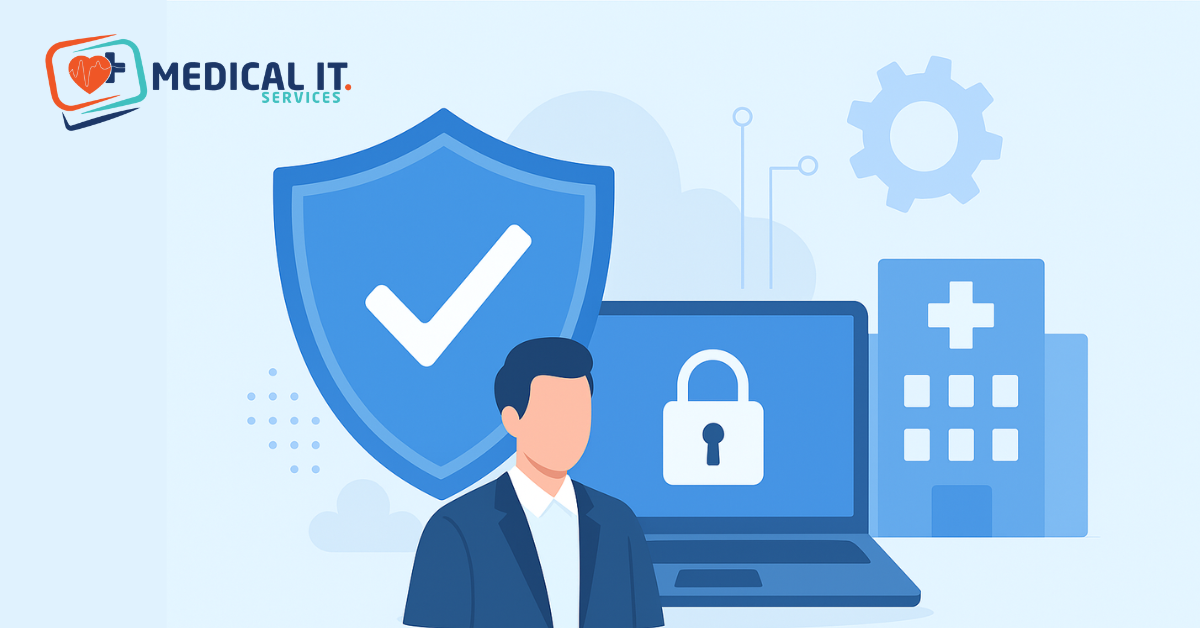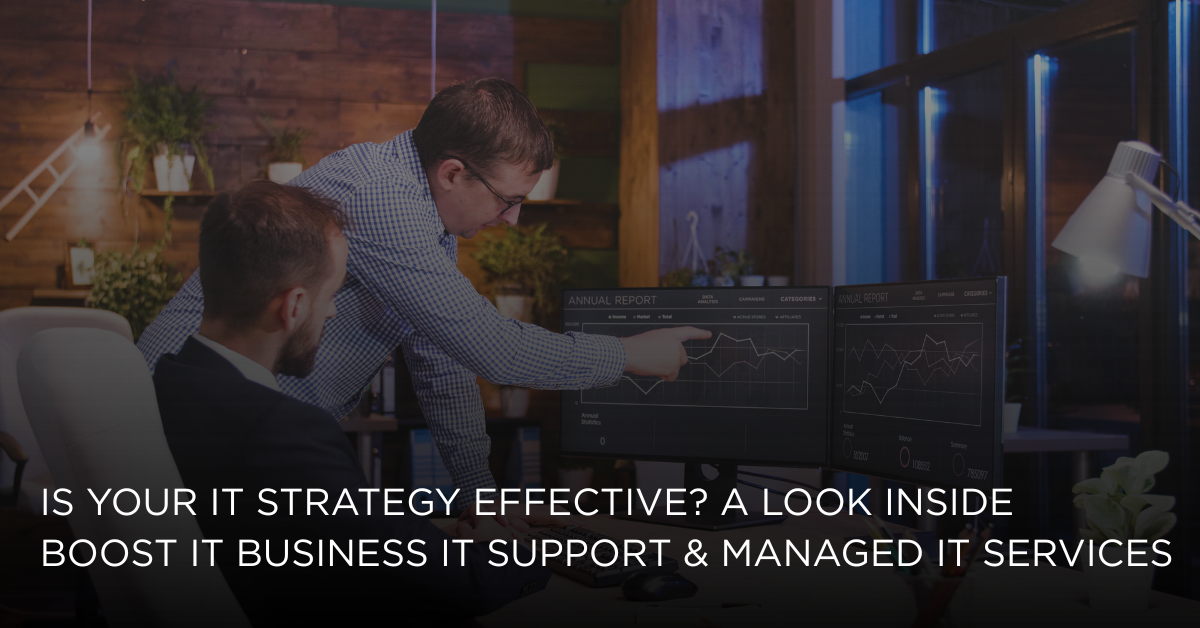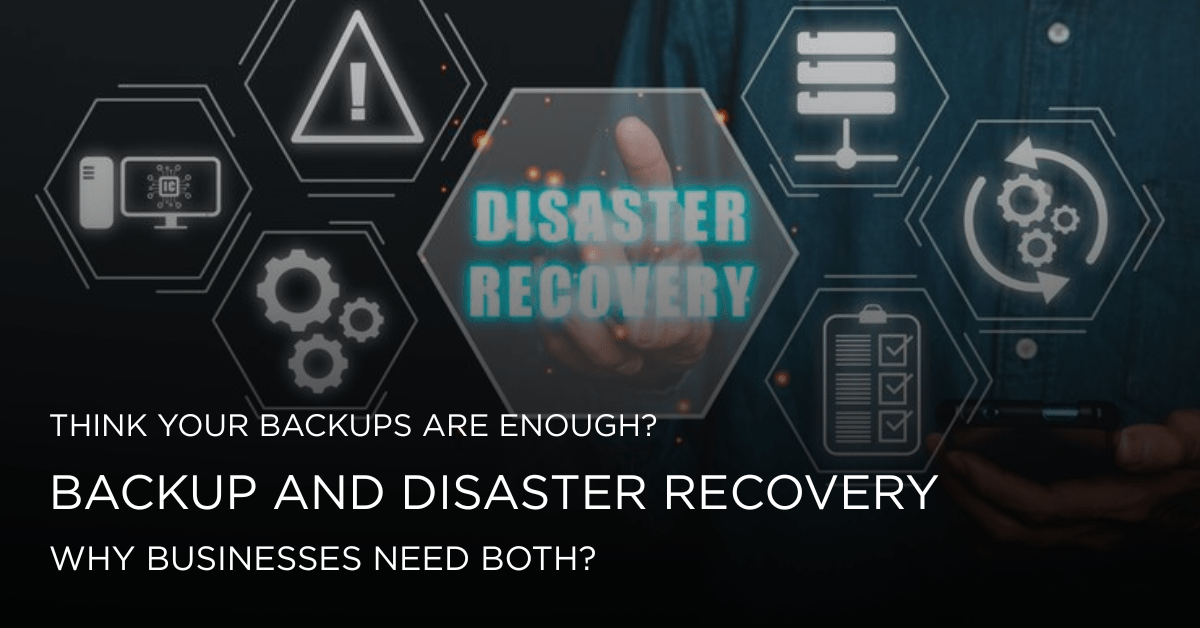In this modern business era, technology is no longer supporting as an assistant. We know…

How to Choose a Reliable Cyber Security Services Company
In the high-pressure environment of the Australian healthcare system, no practice can function without the confidence of its patients. This trust increasingly depends on digital interactions that rely on the integrity and confidentiality of electronic health records (EHRs), telehealth platforms, and connected medical devices. Medical IT services have a clear responsibility: we must safeguard the sensitive ecosystem of health data at all costs. A single cyber incident is more than just a technical failure; it represents a breach of patient confidentiality, poses risks to patient safety, and can severely damage the reputation and financial stability of healthcare providers.
The Australian healthcare sector is a prime target for cybercriminals. The wealth of personal, financial, and medical information contained within its systems is far more valuable on the dark web than just credit card information. Additionally, because healthcare services are critical—where system downtime could literally be a matter of life and death—the sector faces a perfect storm of cyber risks.
As a result, choosing a cybersecurity services company is one of the most crucial decisions a Medical IT provider will make. This decision goes beyond merely purchasing a product; it focuses on establishing a strategic partnership with a team that understands the unique blend of technology, compliance, and clinical care. This guide will outline the essential steps to select a reliable, experienced, and trustworthy cybersecurity partner.
Why Generic IT Security Isn’t Enough?
Before investigating the selection criteria, it is essential to have a solid understanding of the reasons for the need for a certain approach.
- Sensitivity of Health Data: The most sensitive personal information is related to an individual’s health. In Australia, regulations like the Privacy Act of 1988 and the My Health Records Act of 2012 are established to protect this information. A standard information technology company may not fully comprehend the complex legal and ethical responsibilities involved in handling such data.
- Operational Criticality: The healthcare industry cannot afford to remain inactive. A ransomware attack that encrypts patient data can disrupt surgical procedures, delay diagnostic tests, and interrupt administrative services. A business security partner must emphasize resilience and swift recovery.
- Complex Regulatory Landscape: Healthcare providers encounter a complex array of compliance obligations, with the most crucial being the Notifiable Data Breaches (NDB) program and the Essential Eight framework from the Australian Cyber Security Centre (ACSC). A key component of the services offered by a partner with experience in the healthcare sector should be ensuring compliance.
- Proliferation of IoMT: The Internet of Medical Things (IoMT) includes a diverse array of medical devices, from infusion pumps to MRI machines, and has significantly expanded the potential for cyberattacks. Since these devices often have specific vulnerabilities, it is impractical to secure them using standard security software.
Key Criteria for Selecting a Business Cyber Security Partner
Demonstrable Experience in the Australian Healthcare Sector
The most important factor in choosing a cybersecurity partner is Australian healthcare experience. This industry faces demands and restrictions; therefore, a supplier who has faced them previously gives preemptive insight. They will comprehend the workflow of a busy GP practice or hospital ward and realize that a security solution cannot shut down a key patient data system. They can develop powerful, non-disruptive defenses since they are conversant with Best Practice and Medical Director software platforms and the delicate relationship between clinical operations and IT infrastructure.
Experience speeds up crisis reaction and strategic planning. A healthcare partner with a track record will have playbooks for ransomware attacks on patient records databases and telemedicine platform breaches. They know the crisis chain of command, patient safety, and Privacy Act and My Health Records Act notification requirements. Instead of paying for their learning curve with business customers’ security, you may use their specialized expertise to develop a mature security posture from the start.
Proven Expertise with Australian Compliance and Frameworks
A deep and practical expertise in Australia’s specific cybersecurity mandates is essential for any partner you engage. It is not enough for them to be familiar with international standards; they must be authoritative on the frameworks that define local compliance. Australian organizations need to grasp the ACSC’s Essential Eight, which serves as the cybersecurity baseline. A partner should be able to evaluate the maturity of various strategies and successfully implement them within the complex environment of a healthcare provider. This environment often involves outdated medical systems and a high level of operational importance, which can complicate standard processes like patching and application control.
Beyond technical frameworks, business partners must act as guides through the regulatory landscape. They need an intricate understanding of the Notifiable Data Breaches (NDB) scheme. It ensure that in the event of a data incident, response is legally sound, timely, and minimizes reputational damage. This process ensures that business security protocols are both technically sound and auditable, protecting the Medical IT firm and its clients from cyberattacks and legal complications.
A Comprehensive and Holistic Service Portfolio
Complex cybersecurity requires threat lifecycle services from corporate partners. The endpoint security leaves dangerous gaps. Partners should offer risk assessments, vulnerability management, 24/7 MDR, and incident response experts. Every danger vector is monitored and secured, from network perimeters and email gateways to staff devices and medical equipment.
A comprehensive strategy makes security ongoing and adaptive. Due to their impressive portfolio, they may provide continuing security awareness training for healthcare workers, the main targets of phishing attempts. We guarantee a real-time MDR team to halt a sophisticated attack and a digital forensics team to investigate. A complete service portfolio enables regulated cybersecurity detection, prevention, and response.
A Strategic Partnership Mindset
Successful cybersecurity provider collaborations are strategic, not vendor-client. The provider becomes an extension of the team, investing in long-term security maturity rather than just responding. This partner will provide strategic counsel, healthcare-related threat data, and periodic business assessments. To keep medical practice defenses up to date with the threat landscape and the company’s growth.
Communication and collaboration demonstrate this partnership mentality. Strategic partners will discover the company’s aims and healthcare clients’ issues. They simplify business risk to assist you in choosing and interacting with practice management and physicians. This collaboration allows both teams to work towards a unified goal during a crisis. Rather than a desperate consumer seeking solutions from a disconnected provider.
Robustness of Their Operations and Credentials
A provider’s reliability and operational security must be verified before releasing sensitive data. Independently audited certifications like ISO 27001 indicate information security compliance. Assess both their infrastructure and the skills of their team. There are security analysts who are certified as CISSP or GIAC. When it comes to data sovereignty and local risks, Australian Security Operations Centers (SOCs) are more desirable. A reliable provider will provide you with peace of mind by being open and honest. As well as by using professional indemnity and cyber liability insurance.
Selection Process Step-by-Step Approach
- Internal Assessment: Before you talk to vendors, understand the medical business’s own landscape. What data do you hold? What are the biggest fears? What is the current security posture and budget?
- Create a Shortlist: Create a shortlist of three to four providers with substantial expertise in Australian healthcare or those who specialize in this field based on the established criteria.
- The Request for Proposal (RFP): Send a detailed RFP that outlines specific needs, regulatory obligations, and request information on their experience, services, and pricing.
- In-Depth Demonstrations and Interviews: Don’t just accept a sales pitch. Request a technical deep dive. Present a hypothetical scenario (e.g., A GP practice we support has been hit by ransomware. Walk us through the response.) to see their process in action.
- Check References Diligently: Get in touch with the references provided and ask critical questions about the partnership’s overall reliability, incident response times, and responsibilities.
- Review the Contract Carefully: Service Level Agreements (SLAs), data management and sovereignty clauses, and exit plans are all important provisions that should be carefully considered.
Conclusion
A medical IT in Australia must make a strategic choice on the cybersecurity provider we will work with. This decision will have a significant impact on everything the company does. For healthcare customers, it is an investment in the faith. They put in you, and ultimately, it is an investment in the health and safety of their patients.
By choosing a partner with deep healthcare experience, a comprehensive understanding of Australian regulations. A proactive, partnership-oriented approach, the business owner is not just buying a service. A businessperson is building a resilient digital fortress around the nation’s health data. It ensure that healthcare providers can focus on their primary mission: delivering exceptional patient care, securely and without interruption. In the digital age, robust cybersecurity is not an IT cost; it is the very foundation of modern healthcare.



